1. Pointe des Châteaux, a wild escape at the end of the island

Exposed to the trade winds and the Atlantic swell, the Pointe des Châteaux is one of the most fantastic places on the island. From the top of the impressive Pointe des Colibris, you can observe this large peninsula swept by waves. An ideal place to meditate alone facing the immensity of the ocean. This point which is located a few kilometers from Saint-François is made up of many coves, beaches, and capes. In the end, in the position of the Chair, you can recognize the blower’s caldera. In the south, you can observe Degrat bay and high cliffs which plunge into the Ocean. While in the north you can admire the point of Hummingbirds, “Anse des Châteaux”, and beaches as far as the eye can see all along Anse des Salines. The day I went to eastern Guadeloupe, there was unfortunately too much wind to hope to launch my drone safely. But whatever the climate, this completely unspoiled and wild point will captivate you until you return to Guadeloupe.
2. The Dumanoir alley, the most beautiful road in the Antilles
On the map, Dumanoir alley is not a small road that runs along with the national 2. But in reality, this road is the spot of Guadeloupe that should not be missed. Advertisers, influencers, and other photographers flock to this very photogenic place—an essential place to bring back beautiful pictures of the Antilles.
3. Caravelle beach, surfing, and idleness
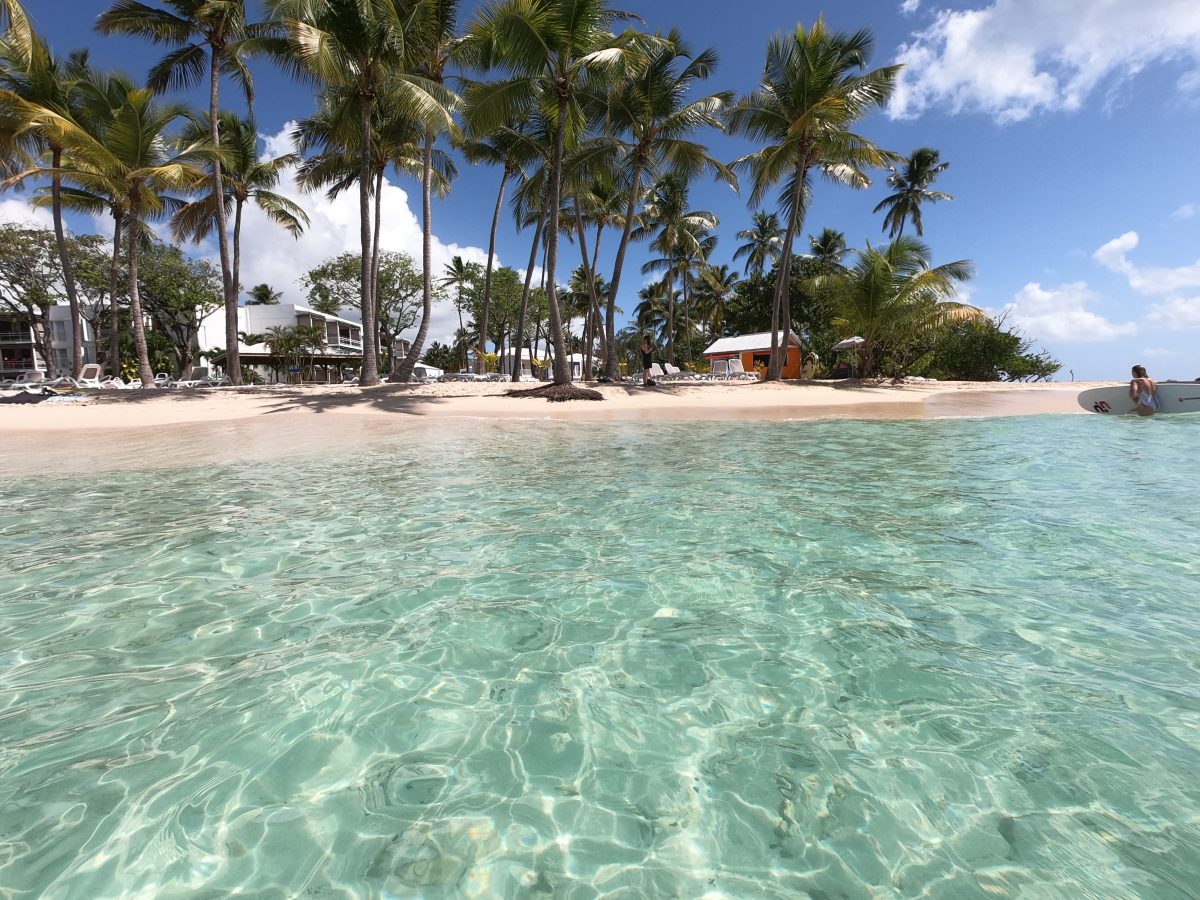
Located in the town of Sainte-Anne, Caravelle beach is the most beautiful beach in Guadeloupe. Coconut palms flirt with the ocean and the reef. At Caravelle beach, everything matches perfectly, an idyllic setting. With white sand and turquoise water, we finally found this excellent postcard decor. Although Caravelle beach is a must-see beach on the island, we must recognize one thing, in Guadeloupe the beaches are everywhere. No need to break your head to find a lovely beach, you have to reach the coast and walk as you wish.
4. The Cousteau reserve in Malendure, one of the things to do in Guadeloupe
It is not necessarily one of the places you think of first, but the Cousteau reserve is a marine reserve. A privileged place to admire the marine flora and fauna. You can come across sea turtles, among other things, which should not be approached too carefully because these animals are cardiac and very sensitive to stress. Apart from sea turtles, you may be lucky enough to be able to observe cetaceans and more specifically whales. Indeed Guadeloupe is one of the places where you can watch whales.
5. Marie-Galante, Saint-Vincent, La Désirade, Petite Terre, or the Saintes archipelago
Even if Guadeloupe is a large island full of activities, this is not a reason not to embark on a ferry to discover the islands of Guadeloupe. The islands of Guadeloupe can be seen everywhere. They are there impassive in the distance and seem to taunt passing visitors who do not have the time or the will to venture there.
6. Explore the Soufrière volcano
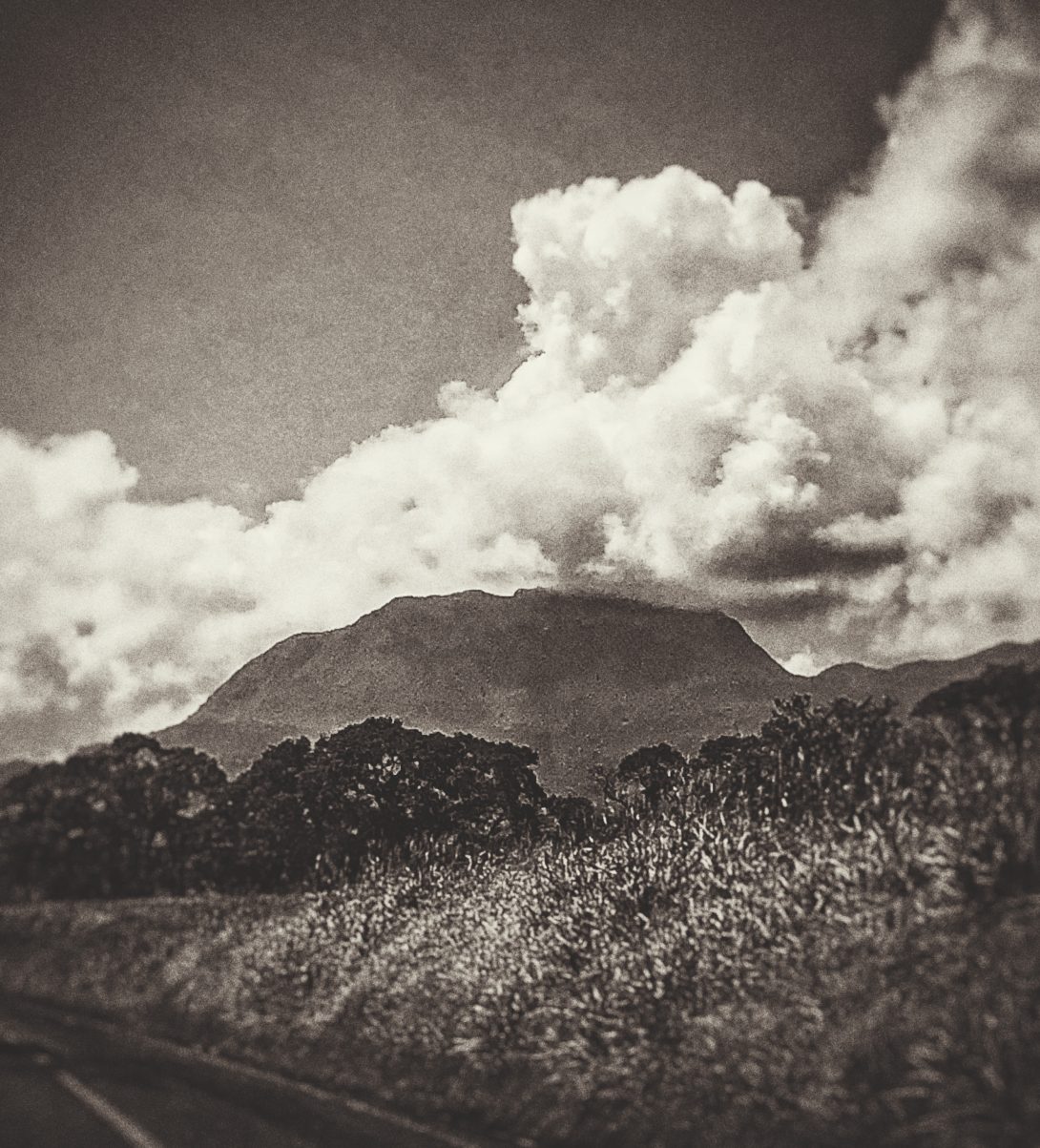
Climbing La Soufrière is easy and allows you to get to the highest point in all the Antilles. Although lava or magma is not visible, the Soufriere volcano is considered a volcano active. It is located in the town of Saint-Claude in the south of Basse-Terre. This volcano is called in Creole “Vié Madame la” or the old lady.
7. Discover the Guadeloupe National Park
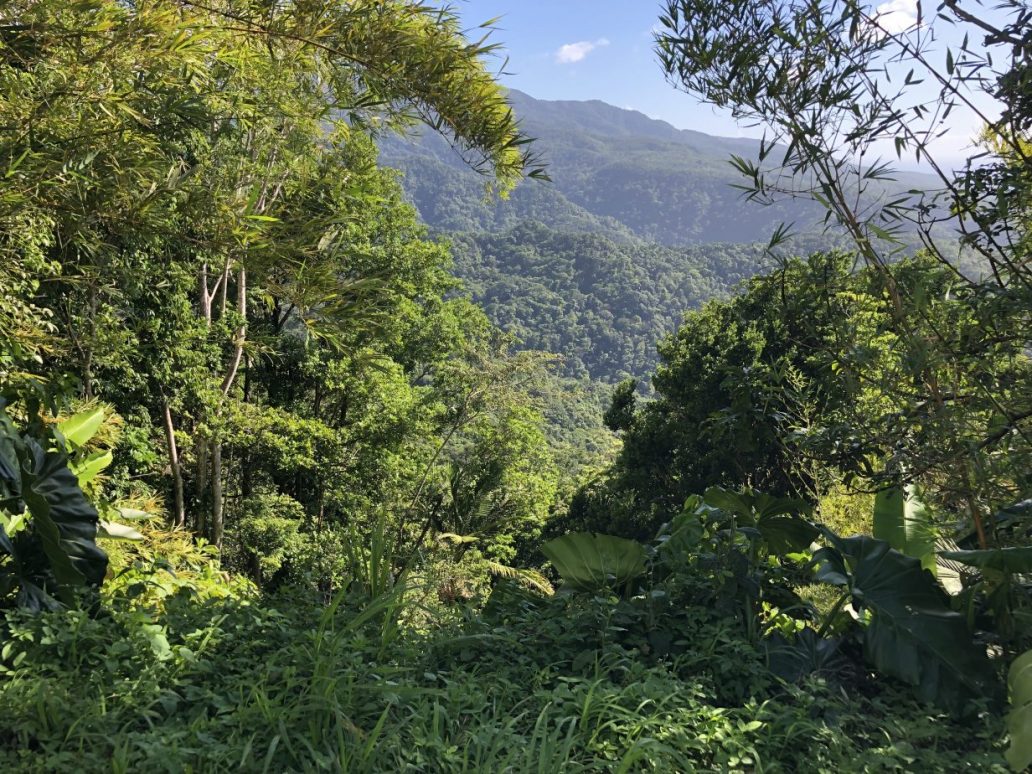
Basse Terre is the part on which the island’s large reserve is located. A preserved place in which one evolves between the waterfalls and walks in the rainforest or the mangrove. Do you not like walks in the forest? I suppose you might be wrong, because the Basse Terre National Park, and its three hundred kilometers of hiking trails, has been labeled “World Biosphere Reserve” and de facto listed as World Heritage by Unesco. Generally, travelers focus on the waterfalls because it is the most spectacular. The Carbet falls, the Lizard jump and the crayfish waterfall are privileged and marked places to discover nature in complete safety.
The “Ecrevisse waterfalls”
Enjoy a bath at the river and on the waterfalls Ecrevisse in the Natural Park of Basse Terre.
Carbet waterfalls
To discover this splendid place in the land, it is necessary to distinguish three sites and therefore, three falls.
To access the first Carbet waterfall, you have to tackle a hike that takes around 4 hours to go back and forth. Following the marked route, we are then projected onto a relatively winding path that requires some effort. If you choose this route, you can discover a waterfall almost 115 meters high.
The second fall of Carbet, it is relatively more straightforward. The outward and return journey requires only an hour’s walk. Once there, you discover a waterfall whose height is almost equal to the first fall. Indeed the second fall of Carbet measures nearly 110 meters high. Its proximity to the road and the car park, therefore, make it the most frequented place, because it is the most accessible. Due to the significant amount of visitors, infrastructures have been put in place, and access is now subject to charges.
Finally, for the third and last fall of Carbet, it will take four hours of walking without dragging too much. It is undoubtedly the most distant and the least spectacular because it is only 20 meters high. The only consolation, it is possible to swim at the foot of this waterfall to cool off a bit.
The ponds of Guadeloupe National Park
For the more adventurous or those who wish to immerse themselves in the rainforest, it is possible to go to the discovery of the Etang de la Roche or the Etang de “l’As de Pique”. Without forgetting the Madeira pond and the Grand pond. The latter is also easily accessible because it takes a two-hour hike to go there and back.
8. Visit the island’s markets
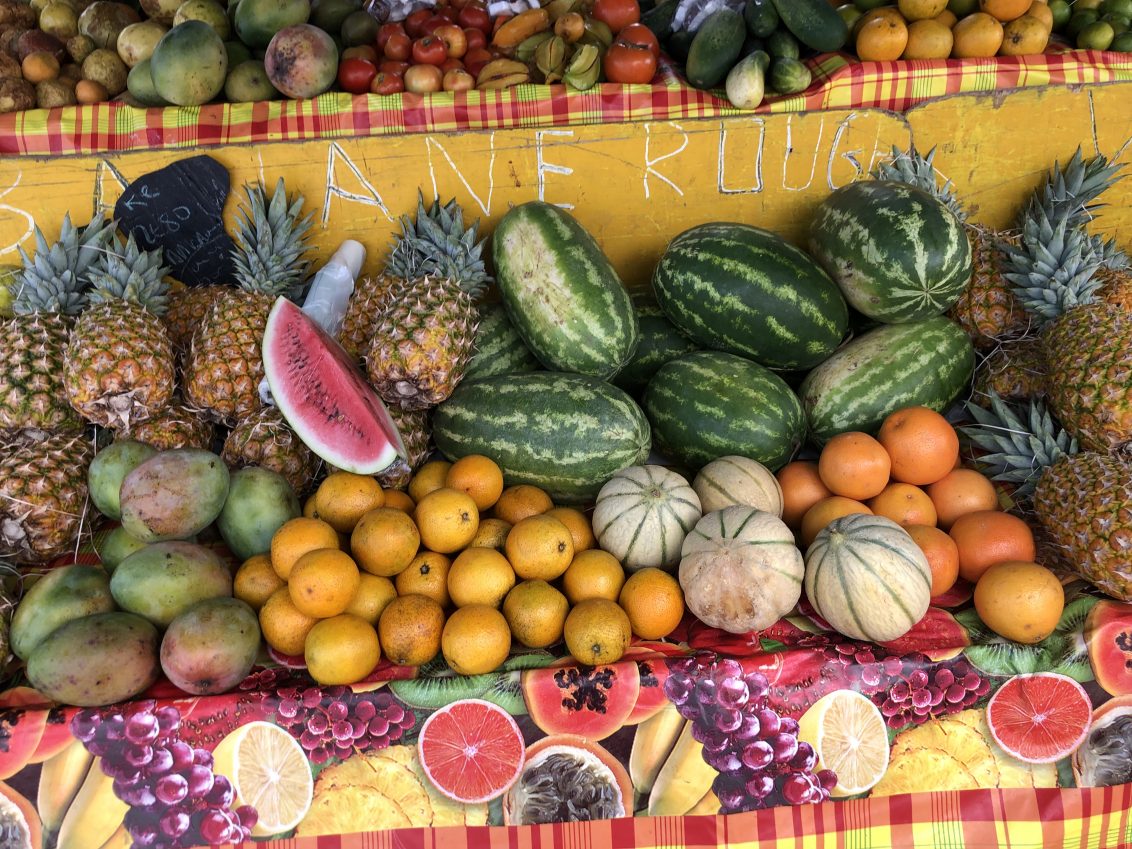
The image of Epinal that everyone knows is necessarily that of the markets of the small villages of Guadeloupe. Spices, bottles of rum, and tropical fruits are the stars of the market. It must be recognized that these are the products that allow us to understand better where we are located geographically. In other words, you realize that you are in the tropics.
9. Discover the Guadeloupe flora and agriculture
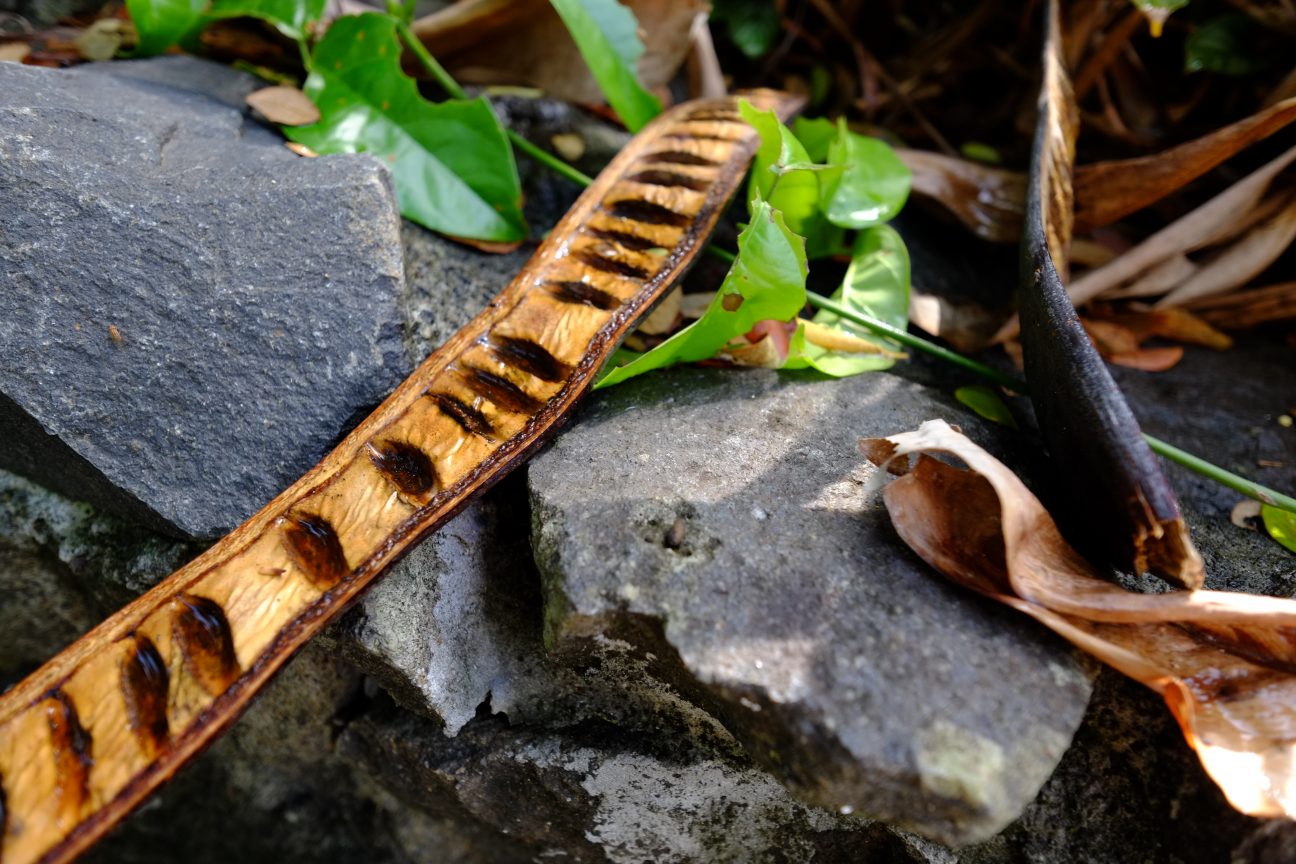
Guadeloupe has always been fertile land. Specialties include rum, cocoa, cane sugar, and the cultivation of bananas. In the heat and humidity of the island, Guadeloupe has taken advantage of the climate and its location.
10. Taste the local gastronomy
“You must eat to live and not live to eat.”
Even if this famous saying pushes us to wisdom, we must recognize that the local cuisine is delicious. And above all, this discovery must be an integral part of your trip.
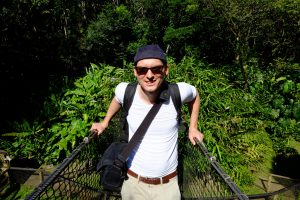
photos credits: Yann Vernerie